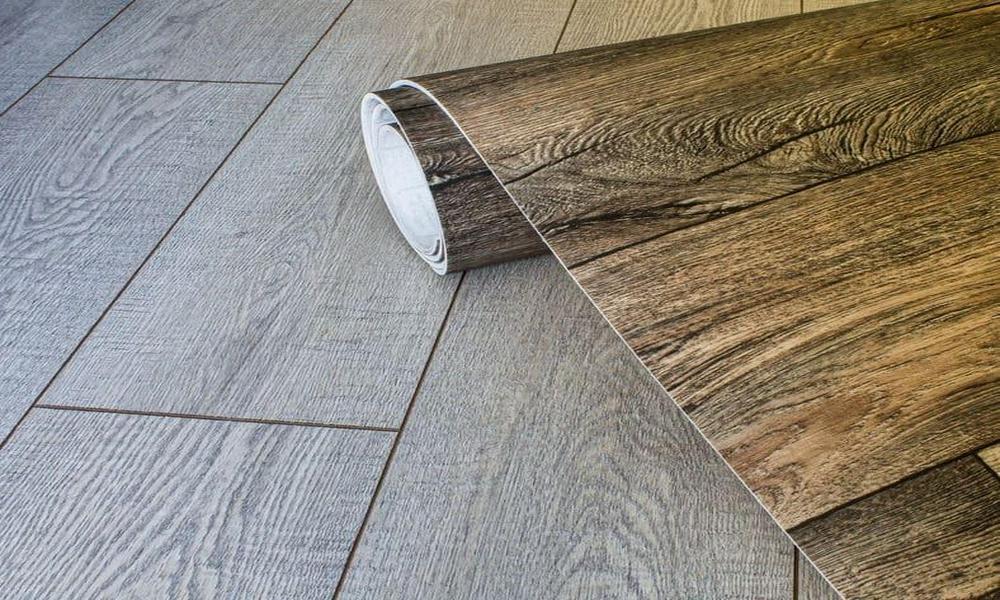Linoleum flooring has been around for over 150 years and was first created in the mid-19th century. It is made from natural materials such as linseed oil, cork dust, and wood flour. One of the main advantages of linoleum flooring is that it is environmentally friendly and non-toxic, making it an ideal choice for those who are conscious of their carbon footprint. Additionally, linoleum flooring is extremely durable and can last up to 40 years with proper maintenance.
Another advantage of linoleum flooring is that it is easy to clean and maintain. Because it is non-porous, linoleum flooring is resistant to stains and spills, making it an excellent choice for high-traffic areas such as kitchens, bathrooms, and entryways. Additionally, linoleum flooring is available in a wide range of colors and patterns, making it easy to find a style that complements any decor.
The Different Types of Linoleum Flooring
Linoleum flooring comes in a variety of types, each with its unique characteristics. The most common types of linoleum flooring include:
- Sheet Linoleum – This type of linoleum flooring comes in large rolls and is typically glued down to the subfloor. Sheet linoleum is available in a wide range of colors and patterns and is often used in commercial settings due to its durability.
- Tile Linoleum – Tile linoleum flooring is made up of individual tiles that are glued down to the subfloor. Tile linoleum flooring is available in a variety of sizes and patterns, making it easy to create a custom look.
- Floating Linoleum – This type of linoleum flooring is installed without glue or nails, making it a great option for DIY projects. Floating linoleum flooring is available in a variety of colors and patterns and can be easily installed over existing flooring.
- Printed Linoleum – Printed linoleum flooring is created using a printing process that allows for intricate designs and patterns. Printed linoleum flooring is available in a wide range of colors and patterns and can be used to create a custom look.
Tips for Maintaining Linoleum Flooring
While linoleum flooring is durable and easy to maintain, it is important to take proper care of it to ensure that it lasts for many years. Here are a few tips for maintaining linoleum flooring:
- Clean spills immediately – Linoleum flooring is resistant to stains, but it is still important to clean spills immediately to prevent them from seeping into the flooring.
- Sweep or vacuum regularly – Dirt and debris can scratch the surface of linoleum flooring, so it is important to sweep or vacuum it regularly to keep it clean.
- Use a mild cleaning solution – Harsh chemicals can damage linoleum flooring, so it is important to use a mild cleaning solution when cleaning it. Mix a few drops of mild dish soap with warm water to create a gentle cleaning solution.
- Avoid excess moisture – Linoleum flooring is resistant to moisture, but excess moisture can cause it to warp or curl. Avoid using excessive amounts of water when cleaning linoleum flooring and wipe up any excess moisture immediately.
- Use furniture pads – To prevent scratches and scuffs on linoleum flooring, use furniture pads on the legs of chairs, tables, and other furniture.
linoleum flooring is an excellent choice for those who are looking for an environmentally friendly and durable flooring option. With a wide range of colors and patterns to choose from, linoleum flooring can be customized to fit any decor.


